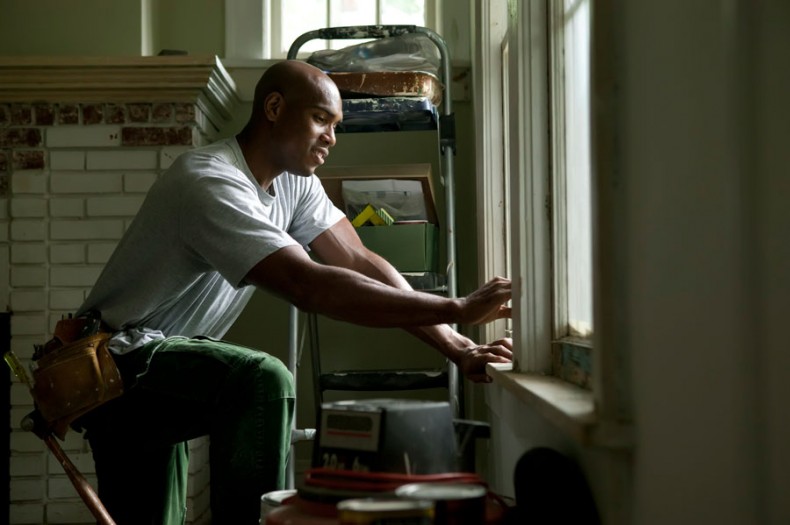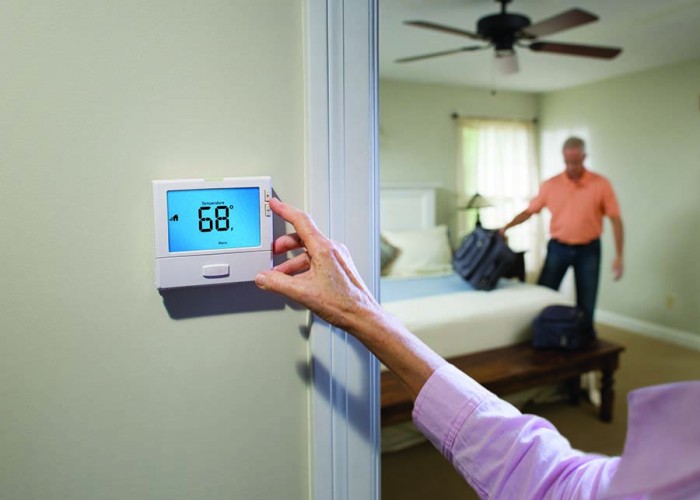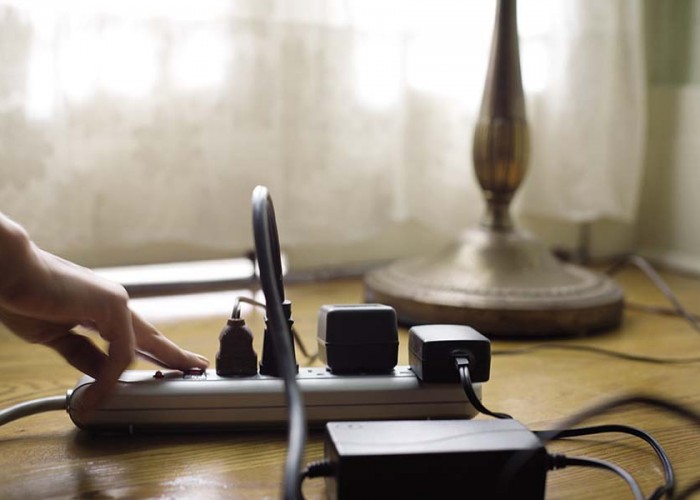Home Improvement: Part 2
Indoor Weekend Warriors
By Hannah McKenzieQ:Last month you had some great home improvement tips for around the outside of my home. What do you recommend I focus on inside?
A: Spring is an inspiring time to tackle home improvement projects, especially ones that are do-it-yourself and improve a home’s comfort, indoor air quality and energy efficiency.
Here’s your May DIY punch list:
- Replace or clean HVAC air filters to ensure air is moving adequately through the HVAC system and not shortening the life of the HVAC fan motor. Filters should be changed or cleaned every one to three months. If you often forget, consider setting up some sort of reminder.
- Clean the clothes dryer vent and hose to prevent a fire hazard and ensure that humid air generated from the drying process leaves your house. Humid air that remains inside causes discomfort and moisture problems. The metal exhaust vent from the dryer to the exterior of your home can often be cleared with a vacuum cleaner. If a plastic vent hose is being used, replace it with a metal one. Remember that dryer lint traps should be cleaned after every load to help clothes dry faster. Consult your user manual to learn how to properly clean and maintain your dryer.
- Replace light bulbs, focusing on incandescent bulbs and failing fluorescent bulbs. Waiting until an incandescent light bulb burns out before replacing it is rarely a cost-effective or environmentally friendly tactic. One 60-watt incandescent bulb used four hours per day for one year costs approximately $10.51, compared to just $2.45 for an equivalent fluorescent bulb and $1.58 for a light-emitting diode (LED) bulb. Purchasing light bulbs with the Energy Star® label will ensure a long bulb life and quality light output. Fluorescent bulbs suffer from decreased light output as they age, but LED bulbs do not have this limitation.
- Replace showerheads, bathroom faucet aerators and toilets with water-saving models. Products with the WaterSense® label — a voluntary water-saving standard from the Environmental Protection Agency — are a proven to save water and provide a satisfying experience. A WaterSense showerhead uses at least 20 percent less water than standard models and can save up to $36 per year in a household with an electric water heater. Water-saving toilets and faucet aerators offer less energy savings but are a valuable investment during years of drought. For more information, visit epa.gov/watersense.
- Install Energy Star-labeled ceiling fans, allowing you to use less air conditioning while remaining comfortable during hot summer days. Turn off fans in empty rooms since fans cool people, not air temperature.
- Air seal gaps and cracks with foam or caulk. Walk through the inside of your house as if for the first time, looking up and down. Excessive dust, pest droppings and cobwebs can help you know which areas to target first. These clues reveal where your home’s heated and cooled air is escaping and where outside air and critters are coming inside. For example, pest droppings concentrated near windows may mean that the windows need weather stripping to close tight or that window trim needs caulk.
- Plan for future replacements. Being surprised by big ticket repairs or replacements around the house can be painful. Windows, appliances, HVAC or remodeling projects can be opportunities to decrease energy consumption. Maintaining a running wish list of energy-saving investments may help keep your eyes and ears open for discounted or economical Energy Star and WaterSense products. Consider options by reading reviews and looking at product guides on the Energy Star website so you’re ready when the moment is right.
This is the second part of a series on home improvement. Read the first article, featured in our April 2017 issue.
-
More energy advice for around your home
-
Share this story:





